[ad_1]
A little less than three years after Amazon announced that was ordering 100,000 custom electric delivery vans from the startup Rivian, hundreds of the EVs are starting to roll out in cities from Nashville to Seattle. By the end of the year, the company expects to have thousands of the vans in more than 100 cities. The full 100,000 will be in use by the end of the decade.
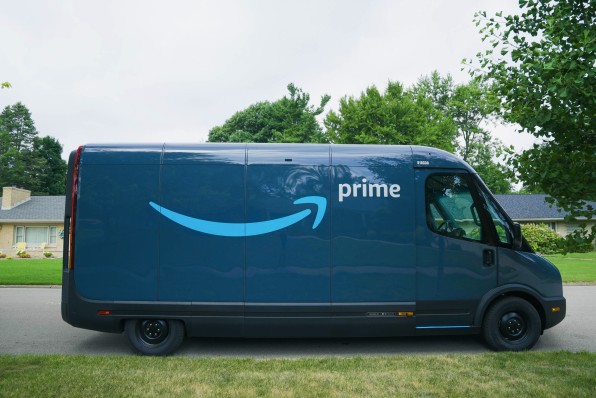
It’s part of the company’s plan to reach net zero emissions by 2040. “Our transportation network, as well as our built environment and our fulfillment logistics, is our biggest part of our carbon footprint,” says Kara Hurst, head of worldwide sustainability at Amazon. That includes hard-to-eliminate emissions like those from cargo shipping; the company is now working with partners on a plan to decarbonize ships, including a new green shipping corridor between Shanghai and Los Angeles. It’s invested in startups like ZeroAvia, which makes hydrogen-electric planes. That technology will take time to prepare. But electric delivery vans are feasible to use now.
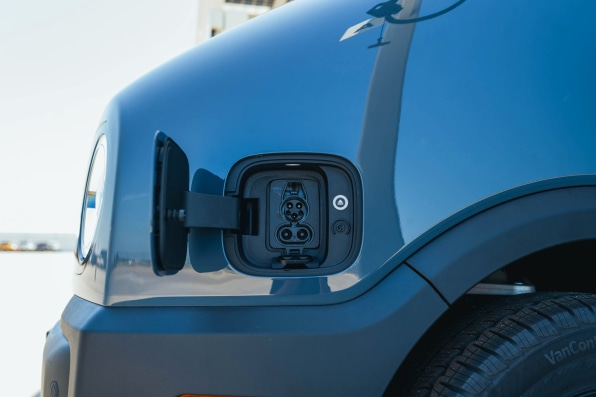
Over the last two years, Amazon has added thousands of electric vehicle chargers at delivery stations across the country, and is working with hardware and software partners on products that can help charging work optimally with the electric grid. “Charging is one of the longest lead items when it comes to thinking about how we decarbonize our fleet long-term,” says Udit Madan, head of last-mile delivery at Amazon. As it scales up that infrastructure, he says, “we expect that will be easy to do in some locations and require more work in others.” The company is also working to help decarbonize the grid itself, and is currently the largest corporate buyer of renewable energy.
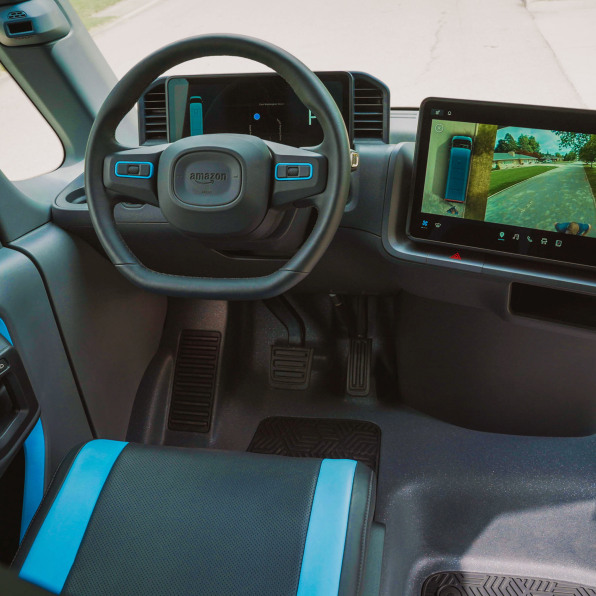
The Rivian EV, designed from scratch with continual testing and feedback from drivers, also aims to be a better delivery vehicle. A massive windshield and side windows give the driver a better view of pedestrians, and sensors and automatic braking and collision warnings also help prevent crashes. Routing and navigation is built into the vehicle. Doors automatically unlock and lock as the driver approaches or leaves. The new vans will first be used in a dozen cities in the U.S., including Baltimore, Chicago, Dallas, Kansas City, Nashville, Phoenix, San Diego, Seattle, and St. Louis.
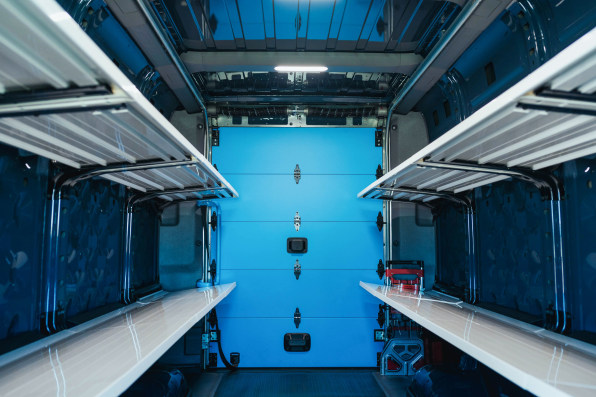
Amazon, which has reportedly invested more than $1.3 billion in Rivian, has the exclusive rights to use the vans for four years, and the right of first refusal afterward. But the company believes that its investment is also helping EVs scale up throughout the industry. “I think the signal we sent by placing the 100,000 vehicle order shows the demand that there was for a commercial electric vehicle, and continues to have an impact,” Madan says. “This rollout, this milestone of getting these vehicles actually on the road and having thousands of them by the end of this year, I do think shows that this can be done. It can be done at scale. And I think that’s going to not only help create a new playbook for us, but I think a table that we can share more broadly as we learn more lessons to pave the way for others to follow.”
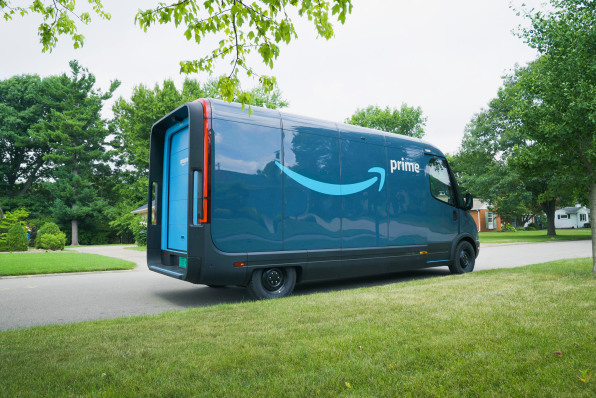
The company is working with other partners on more than a dozen different electric vehicles globally, including electric three-wheelers from the Indian manufacturer Mahindra. The company declined to share how many delivery vans it expects to use by 2030, but the 100,000 van order from Rivian is only the beginning. “We’re going to need far more electric vehicles,” says Madan.
[ad_2]
Source link

